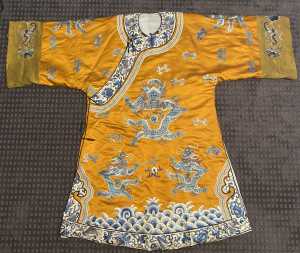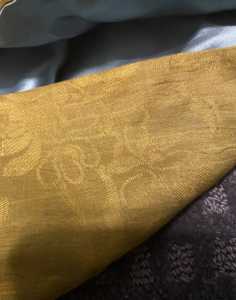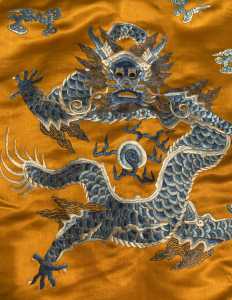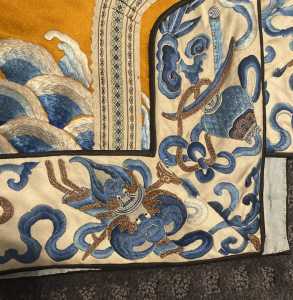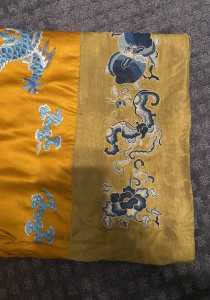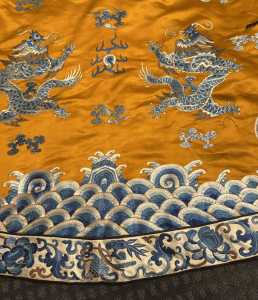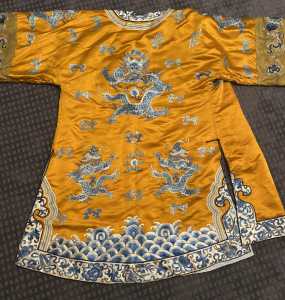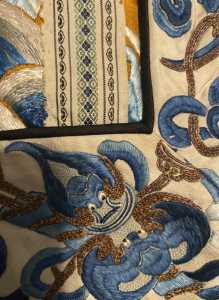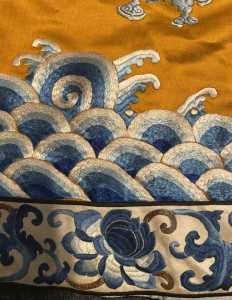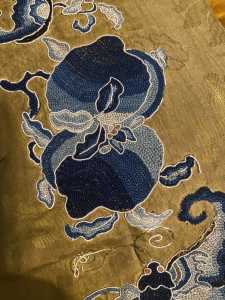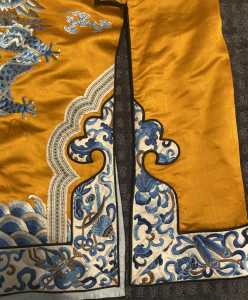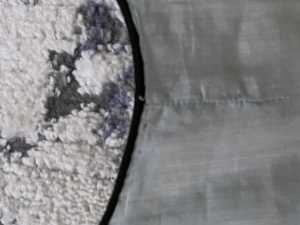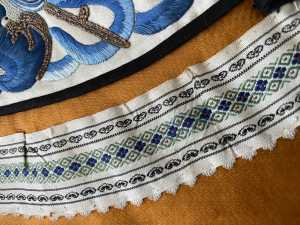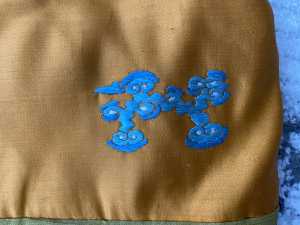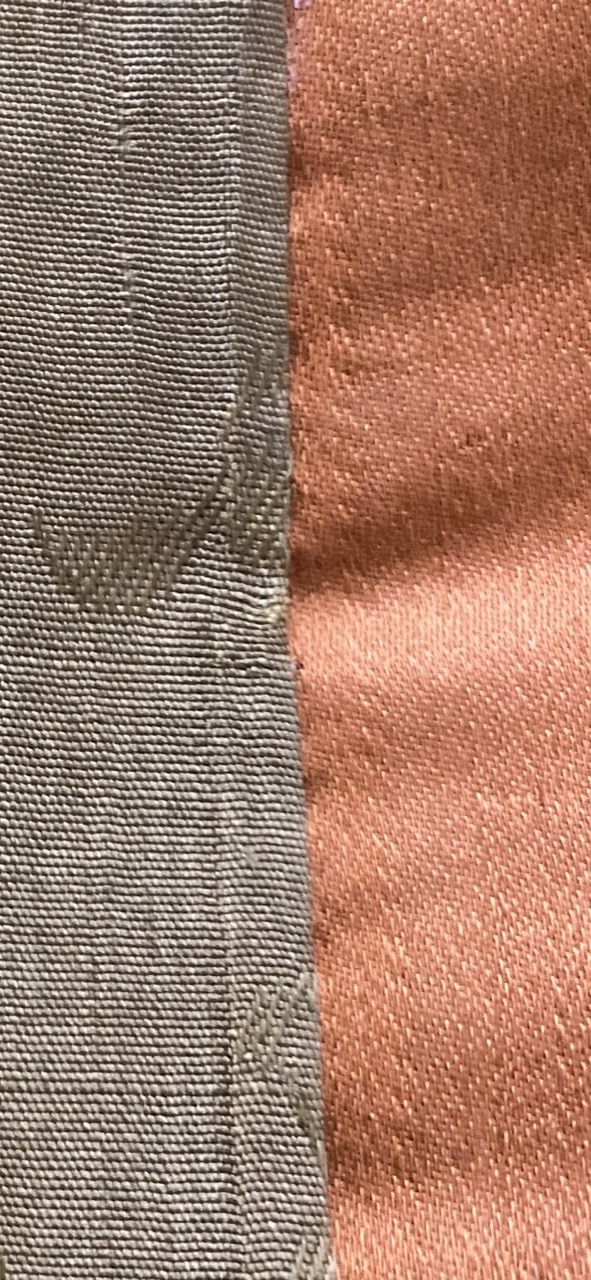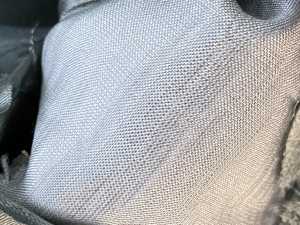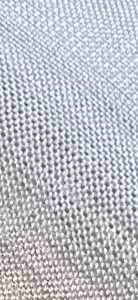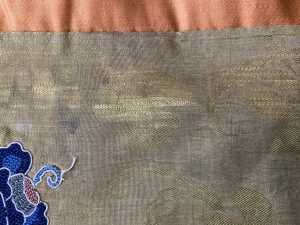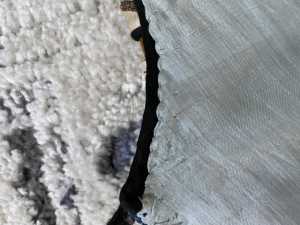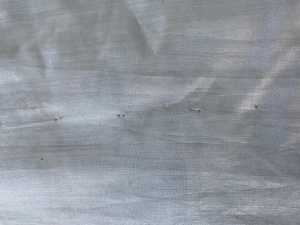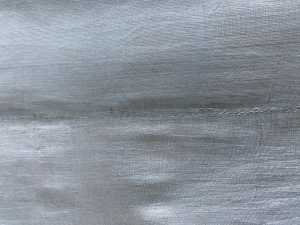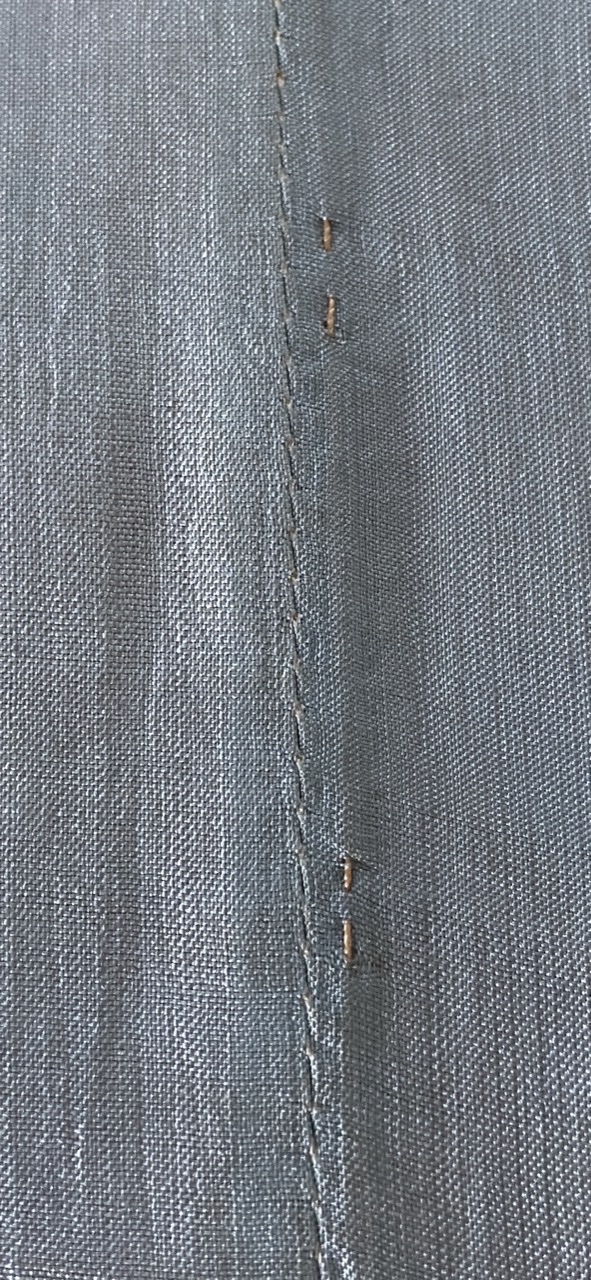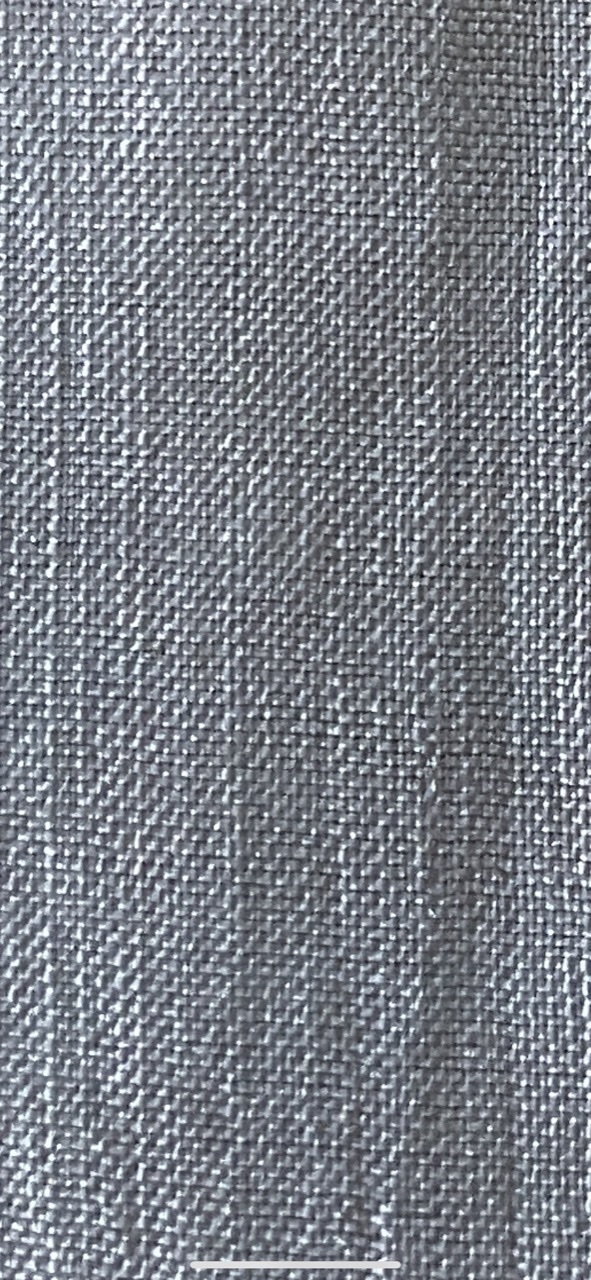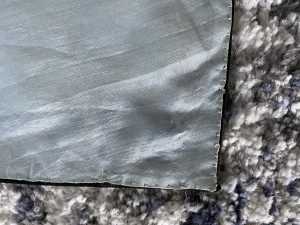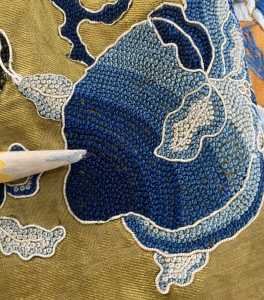The Chinese and Asian Art Forum. For Fans, Collectors and Dealers.
 Basic Rules For the BidAmount Asian Art Forum: Talk about whatever you want. You can even discuss and offer things that are for sale if they are authentic. Maximum image file size per post is 2 MB. Images of 700pxl x 700pxl are optimal if saved at a medium resolution. Be respectful of others and enjoy yourself. Click the YouTube link for a brief tutorial on using the forum. You can also EMBED Videos by cutting and pasting from You-Tube, Vimeo etc.
Basic Rules For the BidAmount Asian Art Forum: Talk about whatever you want. You can even discuss and offer things that are for sale if they are authentic. Maximum image file size per post is 2 MB. Images of 700pxl x 700pxl are optimal if saved at a medium resolution. Be respectful of others and enjoy yourself. Click the YouTube link for a brief tutorial on using the forum. You can also EMBED Videos by cutting and pasting from You-Tube, Vimeo etc.
NOTE: To post an item or add a new post, click open the category title from the FORUM LIST, and CLICK the Blue ADD TOPIC button.
I went hunting today and in one of my honey holes I purchased what I believe is an Imperial robe for the court. It’s for a woman I believe but not sure. Why I believe it’s for the court or official is the sleeves and the blue Imperial dragons. What do you think about this robe. There are several clues do you see them?
I am not an expert on silk robes. Especially imperial ones.
I know that yellow was reserved for the imperial family. They were made to highest quality!
Is there any wear to the neck part? I see what looks like wear to one sleeve.
However I am not sure if this is indeed a imperial robe from the late Qing period or a later one. I suspect this is a later one as the quality isn't there imo. Even where the mismatched corners is very odd. The overall colour is more of a golden yellow.
Perhaps others may know or best perhaps, to ask Peter.
Mark
@imperialfinegems Mark thanks for opinion. I’m very confident it’s Qing yes there is ware in many areas including the neck. I also believe this is not for Emperor but for a woman of the court or officials wife. The color of the robe is apricot yellow. The robe is also forbidden stitched on the selves and robe is lined with Imperial symbols. Blue dragons and gold threads. It has 8 dragons total.
I am not sure, could be late Qing. That would be exciting, but it may be more recent. Is that damask on the sleeves?
The colour is still very strong ( looks orange to me) and even but no creasing. Do you think it was framed and hung in the shade? Or have you ironed it? The design seems quite simple so probably not Imperial, but as I said, I don't know.
Not sure this will help, but it may be useful for anyone interested in robes like this:
http://elogedelart.canalblog.com/archives/2010/12/07/19809352.html
@julia it was in a frame at some point yes. It is also a winter robe not a summer as it is full of silk filler. I have had some feed back and was told that not all robes are what we see as formal. There are several categories formal, semi formal and informal. There are also articles about the sleeves and how woman in the court would work installing forbidden knots or Peking knots. My understanding is this color was used for heirs. I was also told that that the royal court could grant permission for someone to where a dragon robe.
Many of the robes were created for the emperors’ wives. The empresses were entitled to silk fabric and fur, and the dowager empress received yet more. Other wives of the emperor were given imperial robes. When not performing an official duty, members of the imperial family wore informal dresses, whose styles, colours and materials were left to the personal preferences of the wearers. When Empress Dowager Cixi took control of state affairs on behalf of her six year old son after her husband had died in 1861, in itself an unorthodox event, she wore informal robes. The result was the appearance of a large quantity of female informal dresses in the last quarter of the nineteenth century, all made from the finest materials with exquisite workmanship.
@lotusblack Nice find! I have yet to come across one of these robes in my searches, but I bet I'll get one someday. Did the seller know what it was or did you get it for a steal? I'm thinking it is good for late 19th early 20th, but my knowledge is limited. No doubt a lot of work went into it. It does feel slightly stiff compared to some others I've seen, but it's still impressive as far as I'm concerned. As for the possibility of it being more recent than that, I am wondering if these were even made past a certain point? Does anyone know the history and timeframe of when production of these would have been fazed out? Would it have ended with the end of the Qing or would they have continued to make them during the republic? John
@johnshoe I also believe it’s Guangxu period there are robes still being made. Fortunately for me many years ago I bought a lot of old Qing textiles that were for a birthday ceremony. So I can use them for a comparison. Another clue is the banding modern banding is not silk or hand done. I have already found comparable in the Beijing and Met. Either way I will be getting an expert. Oh I watched peters videos he has talked a lot about robes everything is adding up. My hard part is there is damage to the robe from ware I have to get looked at.
@johnshoe the dealer did know he is a dealer I have been working with for 20 years in antiques there also was a Chinese dealer involved the 20 year relationship gave me first choice. No it wasn’t cheap deal. But there is plenty of meat on the bone. Here are pictures of the inside for members to study.
I remember Peter saying the forbidden stitch (so fine that it was causing people to go blind) is a myth, it is just fine workmanship, comparable to our persistent urban myths today. The only other thing I remember from the video is that hanging in a sunny room will cause the silk to breakdown and begin to fray. A fascinating subject, imagine how resplendent it all must have been, makes me want to watch The Last Emperor again.
@sharonp If I ever get one of these robes I'm going to wear it into work on the following Monday. Maybe then I'll finally get the respect I rightly deserve!
Let us know what you find out Brian. My fingers are crossed!
@sharonp I don’t know the truth to the forbidden stitch but my research has indicated that the woman in the court were hired to do this and there is a few things mentioned about the stitch being done on the sleeves as a form higher importance I also read that sleeves were removed from peers that had passed are reattach to show homage. And also sleeves were removed and used as panels there is a lot about the sleeves.
I have never seen horizontal forbidden stitch until this robe. The white boarder is all horizontal
@julia thank Julia I have a real dilemma keep it or auction it. I know robes are commanding big bucks. But I also know being in American in Colorado this won’t be coming back around. If not real it will solve my dilemma but it will probably be and I will be faced with Peters Ming brush pot challenge. I have extensive knowledge in Navajo weavings as I collected and sold a lot of them over the 20 years I understand looms and the knotting none of this robe is machined I can’t even began to understand the patients necessary to do this a robe for the emperors must have taken years to complete.
Thanks for visiting "The BidAmount Asian Art Forum | Chinese Art"
If you sell on eBay, or have a shop feel free to post images and descriptions and links.
Check back often for discussion about the latest news in the Chinese art and antique world. Also find out about the latest Asian art auctions at Sotheby's, Christie's, Bonhams and Tajans.
Auction results for: fine porcelain, ceramics, bronze, jade, textiles and scholar's objects. As well as Japanese, Thai, Vietnamese and other Asian cultures.
Thank you,
Peter Combs
Topics and categories on The BidAmount Asian Art Forum | Chinese Art
Kangxi vases, Kangxi dishes and chargers, Kangxi ritual pieces, Kangxi scholar's objects, Qianlong famille rose, Qianlong enamels, Qianlong period paintings, Qianlong Emporer's court, Fine porcelain of the Yongzheng period. Chinese imperial art, Ming porcelain including Jiajing, Wanli, Xuande, Chenghua as well as Ming jades and bronzes.
The BidAmount Asian Art Forum | Chinese Art
A free Asian art discussion board and Asian art message board for dealers and collectors of art and antiques from China, Japan, Korea, Thailand, Cambodia, Vietnam and the rest of Asia. Linked to all of the BidAmount Asian art reference areas, with videos from plcombs Asian Art and Bidamount on YouTube. Sign up also for the weekly BidAmount newsletter and catalogs of active eBay listing of Chinese porcelain, bronze, jades, robes, and paintings.
The art of calligraphy - and for the ancient Chinese it certainly was an art - aimed to demonstrate superior control and skill using brush and ink. Calligraphy established itself as one of the major Chinese art forms during the Han dynasty (206 BCE - 220 CE), and for two millennia after, all educated men were expected to be proficient at it.
The Museum’s collections of Asian art span nearly five millennia and encompass the cultures of China, the Himalayas, India, Japan, Korea, and Southeast Asia. In 2007, the Museum launched an initiative to create dedicated galleries for the collection, beginning with a gallery for the arts of Korea ...
Chinese art is full of symbolism, in that artists typically seek to depict some aspect of a totality of which they are intuitively aware.
China Online Museum is the finest online museum of Chinese art. It features Chinese calligraphy, painting, ceramics, bronzes, carving, and other artworks.
Chinese Ceramics & Works of Art. Overview Upcoming auctions Contacts Auction results ... Christie’s sales of Chinese ceramics and works of art showcase centuries of Chinese history. Held throughout the year in London, New York, Paris and Hong Kong, they attract a wide audience of collectors and connoisseurs vying for pieces as diverse as ...
Explore Asian Art Week. Contact the Specialist Department. Chinese Paintings ... Senior Specialist, Head of Sale. [email protected]. Tel:+1 212 641 5760. Bid in-person or online for the upcoming auction:Fine Chinese Paintings on 10 September 2019 at New York. Bid in-person or online for the upcoming auction:Fine Chinese Paintings on 10 ...
Discover an abundance of must-see art from all corners of a vast continent at Christie’s NY Asian Art Week. From contemporary classical and Chinese paintings to works with exemplary provenance from the Art Institute of Chicago, our Rockefeller Paza galleries will be full of ancient treasures and contemporary masterworks in a salute to the vibrant arts of Asia.
Sold to benefit The Art Institute of Chicago’s Asian Art Acquisition Fund, the sale features 84 lots with a focus on Ming and Qing porcelains, and offers a rare insight into the taste for collecting Chinese ceramics and works of art in the Midwest from the end of the 19th century through the 1980s. Highlights include two Wanli wucai garlic-head vases, a Qianlong mark and period, blue and ...
Specialist, Chinese Paintings, Christie's London Dr Malcolm McNeill is a Specialist in Chinese Paintings at Christie’s, based in London. He previously worked as an assistant curator of the Chinese collections and the Victoria and Albert Museum in London, as a researcher at the British Museum, and as a translator and tour guide at the National Palace Museum in Taipei.
The Christie's Education 2020 Conference: The Chinese Art Market 18 Jun 2019 Christie’s Education is delighted to announce our first international academic conference in Asia which will take place in Hong Kong from 26-27 November 2020 at the Hong Kong Convention and Exhibition Centre and will run in parallel with Christie’s Hong Kong Autumn Auctions.
The summer Chinese Art sale in Hong Kong will feature works of art from several private collections, including Qing porcelains and textile from the collection of the legendary Chinese art dealer A. W. Bahr (1877–1959), fine gilt bronze Buddhist sculptures from an old Hong Kong collection, an East Asian collection of Qing dynasty wine cups and jades, and a Japanese collection of Song ceramics ...
Sotheby's Chinese Works of Art Department holds two auctions each year in London, New York, Hong Kong and Paris.
Chinese Art - View Auction details, bid, buy and collect the various artworks at Sothebys Art Auction House.
With more than 340 Chinese works of art dating from the Neolithic to the Republic periods, highlights of this sale include a selection of Qing Imperial monochromes from the collection of Arnold and Blema Steinberg, early ceramics from the Art Institute of Chicago and Chinese porcelain and works of art from the collection of Henry Arnhold.
Results: Sotheby's Asia Week achieved $52.4 million in six strong auctions, exceeding pre-sale estimates. With 76.5% of lots sold and 60.3% of lots surpassing high estimates, the Asian art sales at Sotheby's indicate continued collector interest in the finest works of art from China, India and and the Himalayas.
Today's sale of Important Chinese Art will proceed as planned with sessions at 10 AM and 2 PM EDT. Sotheby's will be monitoring the weather conditions throughout the day and will be available to coordinate alternative bidding options should conditions make it difficult for clients to attend the auction in person.
Bonhams Chinese Art department is renowned for offering the finest works of art representing the richness and breadth of China's artistic heritage, particularly Imperial porcelain, white and spinach green jades, cloisonné and Buddhist art. Specialised international auctions are held globally, including London, Hong Kong and San Francisco.
Bonhams : Chinese Works of Art We use cookies to remember choices you make on functionality and personal features to enhance your experience to our site. By continuing to use our site you consent to the use of cookies. Please refer to our privacy and cookie policies for more information.
Bonhams Fine Art Auctioneers & Valuers: auctioneers of art, pictures, collectables and motor cars. We use cookies to remember choices you make on functionality and personal features to enhance your experience to our site. By continuing to use our site you consent to the use of cookies. ... Chinese Art (US) General enquiries
Bonhams : Fine Chinese Art We use cookies to remember choices you make on functionality and personal features to enhance your experience to our site. By continuing to use our site you consent to the use of cookies. Please refer to our privacy and cookie policies for more information.
Bonhams Fine Art Auctioneers & Valuers: auctioneers of art, pictures, collectables and motor cars Bonhams : Asian Art We use cookies to remember choices you make on functionality and personal features to enhance your experience to our site.
Bonhams are international auctioneers of fine Chinese and Japanese art. We specialise in rare Imperial and Export Chinese ceramics and works of art, as well as Japanese ceramics, fine and decorative works of art from the Neolithic Period to the 20th century. View on map
Bonhams Fine Art Auctioneers & Valuers: auctioneers of art, pictures, collectables and motor cars. We use cookies to remember choices you make on functionality and personal features to enhance your experience to our site. By continuing to use our site you consent to the use of cookies. ... Asian Art Bonhams. Work. 22 Queen St.
